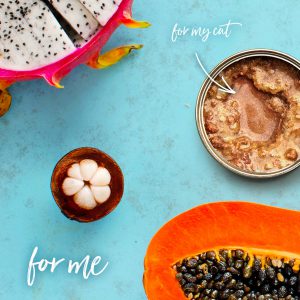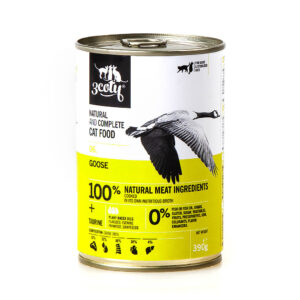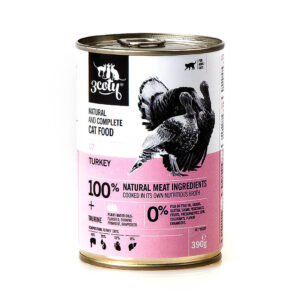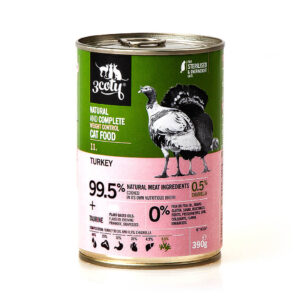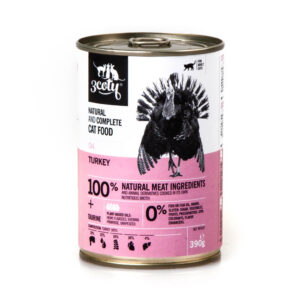Why cats’ tongues are so rough
Cat owners are very familiar with the rough surface of their cat’s tongue from being kissed by their pet. Many prefer it to the slightly slobbery kiss they could get from a dog. Why is it though, that the cat tongue is so rough?
On the upper surface of the tongue, cats have hundreds of sharp spines called papillae. Made of the same substance as fingernails and pointing backwards, it isn’t difficult to understand why they are not soft. Their purpose is to remove meat from carcasses after a kill and aid in grooming. And while grooming, they also help cats manage their body temperature. On average, a cat transfers 48 ml of saliva to its fur which evaporates there providing the same cooling effect as sweating does for humans.
Although the papillae are vital in the way cats shred the meat of their prey, they have no taste function. All the tasting is done along the sides, the base and with the tip of the tongue. That tasting though does not include sweetness. Sweetness is an indicator of energy in carbohydrate form which obligate carnivores should not be eating, so there is no need to be able to detect it let alone get pleasure from it the way we humans do.
When eating our shredded flavours, your cat’s tongue uses the papillae to break down the meat as they eat. This gives their tongue the same exercise as eating their hunted prey without them having to kill themselves.



